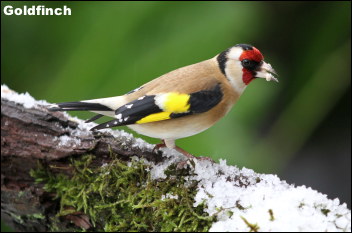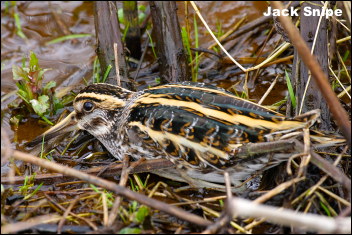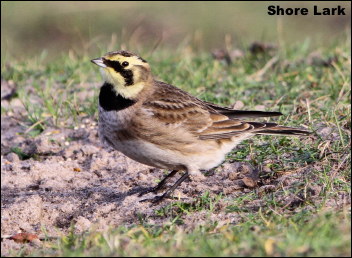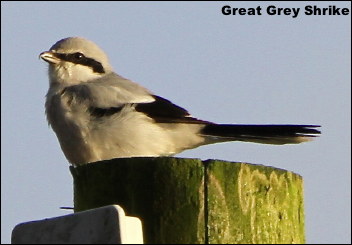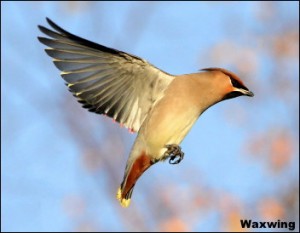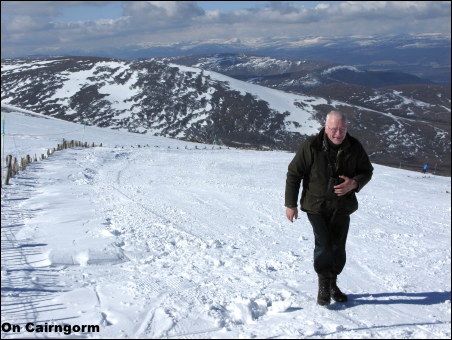
Best wishes and a Happy New Year to you all for 2015 What a twelve months 2014 has just been. Almost eight thousand photographs later I am able to look back on a year that will surely never be surpassed.
In the early part of the year I was filming Bramblings as they drank from a forest pool, something I had never done before. Our February visit to Islay produced more Chough and Otter photos but not the pristine winter weather that we had hoped for. That came in the Cairngorms in March when I got my best ever photos of Mountain Hare, Ptarmigan and Snow Bunting.
After returning to the Pennines in late March my local farmer informed me that his Barn Owls were incubating eggs on the ground in his barn! In disbelief I checked and this was the start of the most amazing year for Barn Owls, with a second brood not fledging until mid October. I never dreamt that on our Wedding Anniversary (21st September) I would be taking my best ever pictures of Barn Owls!
With the brilliant summers weather Kingfishers have also done well and the three pairs that I monitor have reared a record twenty five young between them. For the first time I was able to film copulation and the food pass. By spending many early hours along the streams I was also treated to good views of a dog Otter and better still two young Otters, the first I have ever seen in the Pennines. One day, perhaps, they will come within camera range.
However, the bird of this summer has to have been the Nightjar. Not one but two nests were found in a remote Pennine forest and six weeks were spent in my hide filming and admiring these amazing birds. It was an experience I will never forget and will probably never see again. Inbetween the Nightjars I managed six days on Mull and came away with great film of Sea Eagles and Otters – its a place I intend to return to. Not forgetting that we spent three weeks on Islay with great weather and my best ever encounters with Hen Harriers and Corncrakes.
The sad event of the year was the passing of our Golden Retriever Robbie, featured with me in last years yearly newsletter. He came with us to Islay fifty four times and no doubt enjoyed every minute of it having spent more than two years of his life there.
The target birds for 2015 remain the same as last year being Bittern and Marsh Harrier plus anything else that comes along! Click here to view 12 selected photos from 2014
